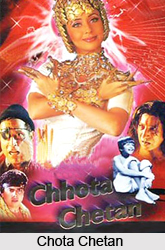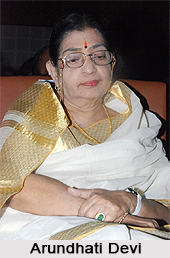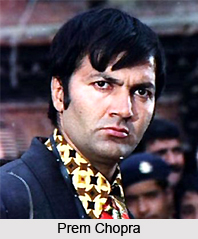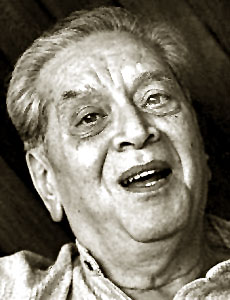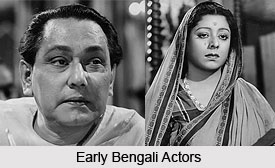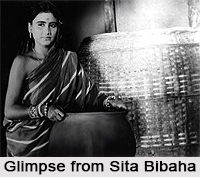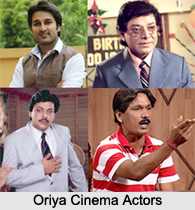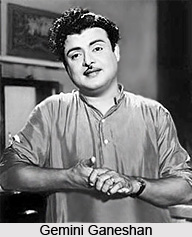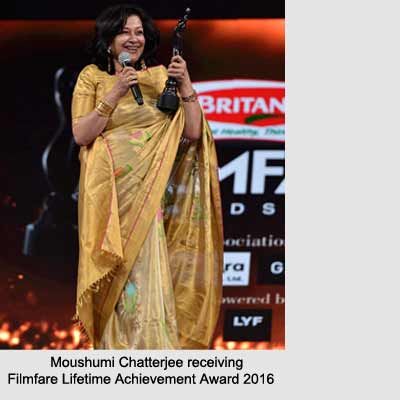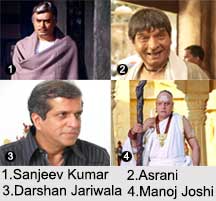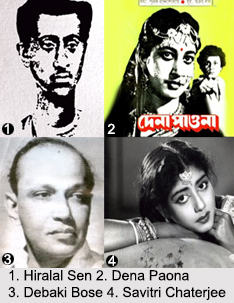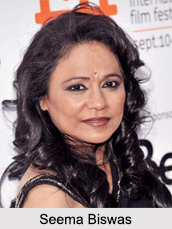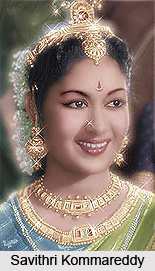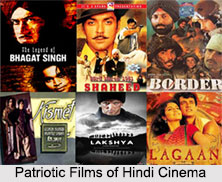 Patriotic films on Indian celluloid have inspired people about the sacrifice and hardships that the freedom fighters went through in order to free India from the British. Freedom struggle, as a result, gave birth to a large number of films in the patriotic mode including a couple of offshoots that seemed pro-British. Popular in the years from 1940s to 1960s, this genre resurfaced during the 1980s-90s. It was particularly owing to the fact that India was celebrating her 50th year of independence in 1997.
Patriotic films on Indian celluloid have inspired people about the sacrifice and hardships that the freedom fighters went through in order to free India from the British. Freedom struggle, as a result, gave birth to a large number of films in the patriotic mode including a couple of offshoots that seemed pro-British. Popular in the years from 1940s to 1960s, this genre resurfaced during the 1980s-90s. It was particularly owing to the fact that India was celebrating her 50th year of independence in 1997.
One of the most famous patriotic films was Gyan Mukherjee`s "Kismet" (1943), which became the first blockbuster in the history of Indian Cinema and whose anti-German and anti-Japanese songs became hysterical all over India. In 1952, it was Hemen Gupta, a Bengali director who made "Anand Math", based on a novel by Bankim Chandra Chatterjee. It dealt with the 18th century revolt against the British led by a "sanyasi" (ascetic). In 1953, "Jhansi Ki Rani" released, directed by Sohrab Modi and set in the backdrop of the Sepoy Mutiny of 1857, dealing with the bravery of queen Lakshmibai, Rani of Jhansi, who took up arms and led her army against the British, one of the first Indians to do so.
In 1959, Padmini Pictures of Chennai released "Veerapandia Kattabomman", a Tamil spectacular epic fairytale, directed by B. R. Panthulu on the legendary heroic warrior Veerapandiya Kattabomman. Sivaji Ganesan enacted the titular role of this 18th century South Indian chieftain who rose to rebellion against the East India Company. The film won the National Film Award for Best Feature Film in Tamil. The same director also made another epic film "Kittur Chennamma", in Kannada released in 1961. The film showcased the Indian freedom fighter Kittur Rani Chennamma, portrayed by B. Saroja Devi who led an armed rebellion against the British East India Company in 1824 and died in captivity in 1829.
In 1964, Chetan Anand and Navketan Films made "Haqeeqat", featuring a host of recognised actors like Balraj Sahni, Vijay Anand, Sulochana, Dharmendra and others. Dealing with an incident during the Indo-China war of 1962, it went on to win the National Film Award for Second Best Feature Film in 1965. Another significant patriotic film was "Shaheed" (1965) by S. Ram Sharma, with all popular patriotic songs. The film showcased the contribution of the revolutionaries Bhagat Singh, Jai Rajguru and Sukhdev during the struggle for independence.
In 1969, "Saat Hindustani" released, directed by K. A. Abbas. This film, while also noteworthy for the first on-screen appearance of Amitabh Bachchan, portrays the heroic story of seven Indians who attempt to liberate Goa from the Portuguese colonial rule. The Telugu director V. Ramachandra Rao made "Alluri Seetarama Raju" which released in 1974. A big budget film financed by the Telugu megastar Krishna who acted in the lead role of the charismatic tribal chief Alluri Sitarama Raju, an Indian revolutionary involved in the Indian independence movement and known for his role in "Rampa Rebellion" of 1922-24.
In Malayalam Cinema, the prolific director from Kerala, I.V. Sasi, made a big budget patriotic historical film "1921", released in 1988, starring amongst others the renowned actor Mammootty. The film depicts the Khilafat Movement in which both the Hindus and the Muslims had participated.
The patriotic films at a later stage were more concentrated with the internal affairs of independent India. The contemporary films are more thought provoking where the prevalent social issues are brought to the forefront along with patriotism. The theme of patriotism is allegorically presented to the audience. One of such films of the 21st century is the 2006 Hindi drama "Rang De Basanti", directed by Rakeysh Omprakash Mehra which thrives to be one of the "coming-of-age" genre films which chronicled the chain of events and life of a group of young college friends and their discovery of life and politics after the death of one of their friends, interspersed and showcased with the life and struggle of the revolutionaries in a parallel manner.
The other films dealing with India and patriotism include "Kranti" (1981), "Gandhi" (1982), "1942: A Love Story" (1994) and "Border" (1997). Apart from these, Mani Ratnam films like "Bombay", the 1995 Tamil drama deals with patriotism pertaining to social issues within the country, specifically the Bombay Riots of December 1992 to January 1993. Another similar patriotic film with the prominent action romance genre is "Gadar: Ek Prem Katha", released in 2001. The film, featuring Sunny Deol, Amisha Patel and Amrish Puri, ruined all the box office records set before. It showcased the love story of an Indian male with a Pakistani girl set against the backdrop of Partition of India. It won many accolades and can be counted as one of the best love story-cum-patriotic films of all time.
"Lagaan", released in 2001 and India`s official Oscar entry for that year, came almost to the threshold of the Best Foreign Language Film award. The film dealt with the concept of patriotism in a highly innovative way, integrating India`s most watched sport Cricket with nationality. The film delineated the story of Bhuvan, a village lad whose unmatched courage before the colonial eyes made the villagers free themselves from the burden of tax and the colonial rule cantonment there. The film, connecting with the masses, was a huge commercial success and won recognition internationally.
Other notable patriotic Hindi films include "Sarfarosh" (1999), "The Legend of Bhagat Singh" (2002), "Swades" (2004), "Lakshya" (2004), "Netaji Subhas Chandra Bose: The Forgotten Hero" (2004) and regional films like "Swayamkrushi" (Telugu), "Vazir" (Marathi), "Indian" (Tamil), "Sabyasachi" (Bengali) and multiple others.
